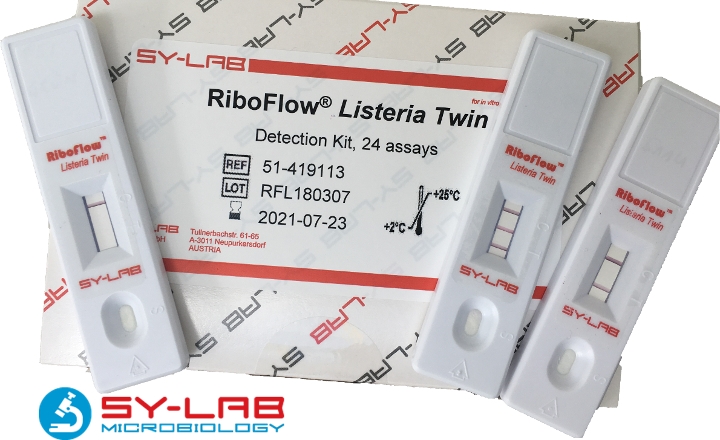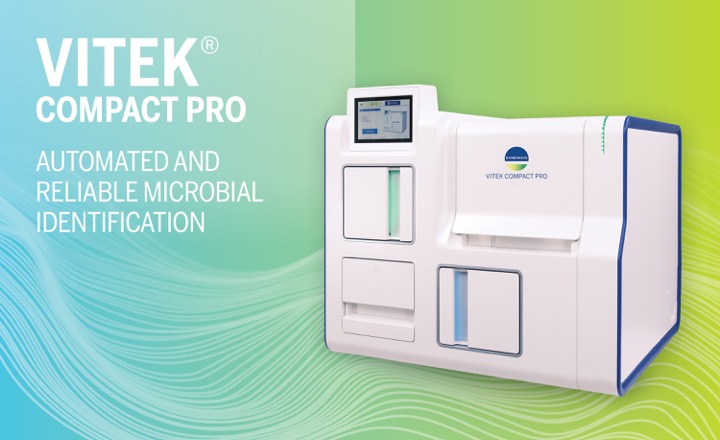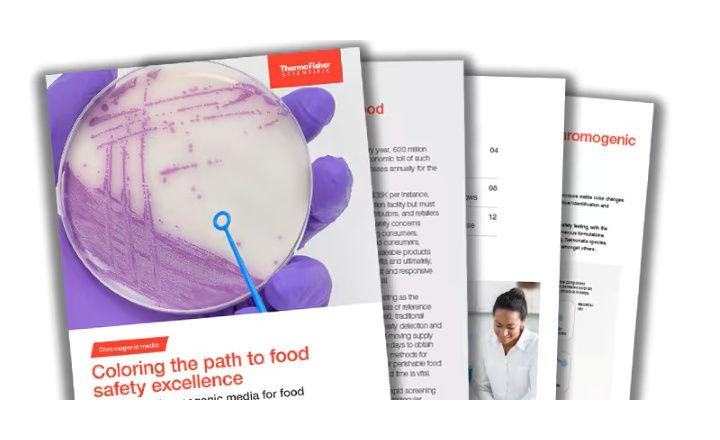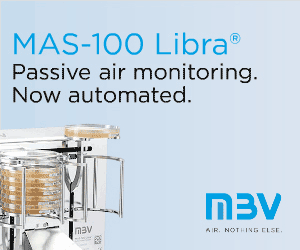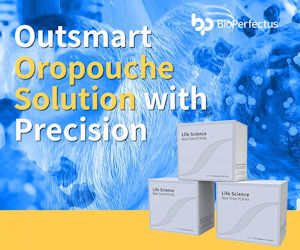Article by Julie Archer, Microbiology Analytical Services Manager, Campden BRI
Food companies have rigorous processes to minimise the contamination of food, but inevitably issues do sometimes arise. Listeriosis is a prominent foodborne disease that causes fatalities, especially amongst vulnerable groups. Testing for Listeria in food remains important and is compulsory for almost all ready to eat foods within the EU. If a company is facing a Listeria contamination problem, they need to know as soon as possible so they can take swift action to resolve the issue.
Presumptive positives Detection of Listeria using traditional methods takes five days. While rapid methods deliver fast results, it’s important to remember that they are presumptive positives. The results must then be confirmed positive to determine if Listeria is actually present, or if the result was a false positive.
This interim period, between the reporting of the presumptive positive result and the confirmed results is critical. The company knows there may be a potential Listeria problem, but acting on a false positive would be costly. Conversely, waiting for a confirmed result can cause delays when action will be needed. It is therefore important to minimise this time between the initial presumptive result and the confirmed results, which traditionally has been about 48 hours.
Species identification in 15 minutes Suspected Listeria cases can be confirmed much more quickly thanks to techniques such as matrix-assisted laser desorption/ionization time of flight (MALDI-TOF) Mass Spectrometry. This technique identifies bacteria, yeasts and moulds by analysing an organism’s unique protein ‘fingerprint’. It then compares the fingerprint against a database to identify the microorganism.
The speed of analysis using the MALDI-TOF is staggering. It reduces the time to identify an isolate from 48 hours to just 15 minutes. This eliminates the uncertainty associated with a presumptive Listeria positive result and means we can offer our clients a same day service to confirm a presumptive result.
Is it Listeria monocytogenes? We have validated our MALDI-TOF Biotyper System using known Listeria species. There are 18 different Listeria species but only L.monocytogenes is considered to be a human pathogen. It’s therefore critical to distinguish if a Listeria isolate is L. monocytogenes or another Listeria species. The MALDI-TOF Bioanalyzer allows us to do this. This information is crucial to companies because they will need to take different action depending on which Listeria species is present.
At Campden BRI we have invested in the MALDI-TOF Mass Spectroscopy Bioanalyser so we can offer our clients the most accurate, affordable and rapid identification service that enables them to react swiftly and confidently to any contamination issues.
Visit www.campdenbri.co.uk/news/rapid-microbial-identification.php

About the author:
Julie Archer has worked at Campden BRI for the past 10 years and currently manages the Microbiological Analytical Services (MAS) section within the Microbiology Department. The MAS group undertakes the testing of a wide range of food products, using both UKAS and non UKAS acreditated methods for pathogenic and spoilage microorganisms, shelf-life testing, sterility and spoilage analysis of heat processed foods, and identification and characterisation of isolates using biochemical and molecular methods i.e. sequencing and Ribotyping and Mass Spectroscopy.


